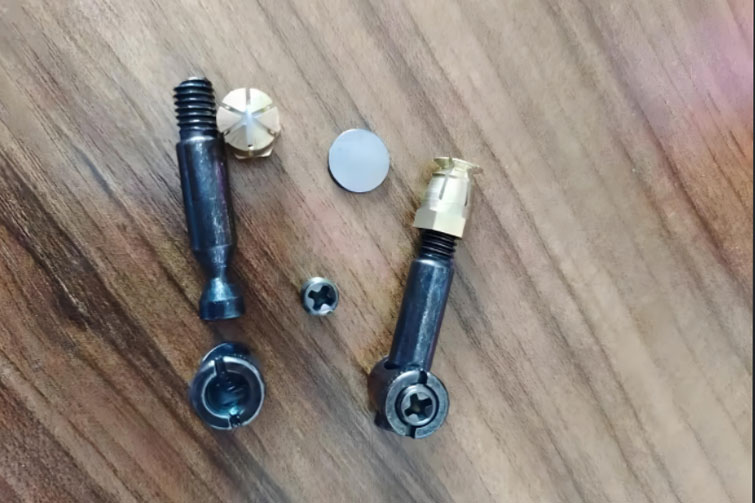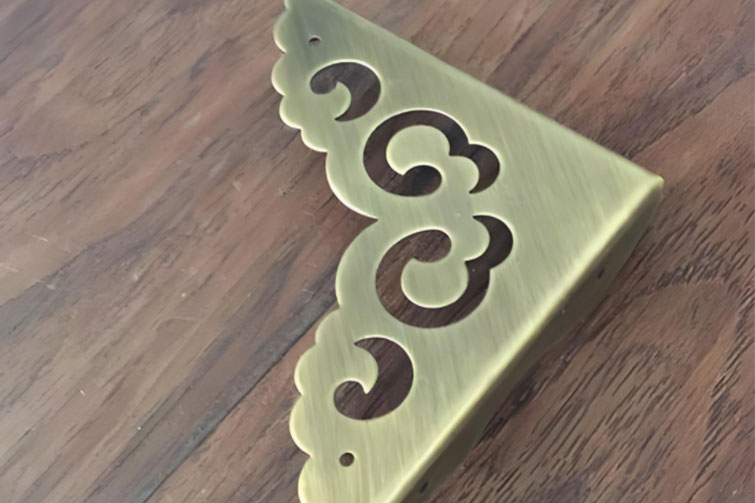

Choosing the Right Hardware for Your Furniture: A Comprehensive Guide
When it comes to furnishing your home, selecting the right hardware for your furniture is as crucial as choosing the pieces themselves. Hardware components such as hinges, handles, and drawer slides not only impact the functionality and durability of your furniture but also contribute to its overall aesthetic. Here’s a guide to help you make informed choices about furniture hardware.
1. Understand Your Needs
Before diving into the specifics of hardware, assess the needs of your furniture. Are you outfitting cabinets, drawers, or doors? Each type of furniture will require different hardware:
- Cabinets: Look for hinges, knobs, and handles.
- Drawers: Consider slides, knobs, and handles.
- Doors: Focus on hinges, handles, and locks.
Understanding the function and weight load requirements will help you select hardware that can support the furniture's use over time.
2. Choose Quality Materials
The material of the hardware affects both its longevity and appearance. Common materials include:
- Steel: Known for its strength and durability, steel hardware is often used in heavy-duty applications.
- Brass: Brass offers a classic, elegant look and is resistant to corrosion, making it ideal for both decorative and functional purposes.
- Aluminum: Lightweight and resistant to rust, aluminum is suitable for modern and minimalist designs.
- Stainless Steel: With excellent durability and a sleek appearance, stainless steel is perfect for high-traffic areas and contemporary styles.
Selecting high-quality materials ensures that your hardware will not only look good but also stand up to regular use.

3. Consider the Style and Finish
The hardware should complement the style of your furniture and the overall decor of your space. Here are some style options:
- Traditional: Look for ornate, detailed designs in materials like brass or bronze.
- Modern: Opt for sleek, minimalist hardware in finishes like brushed nickel or matte black.
- Industrial: Choose rugged, utilitarian hardware with a raw or distressed finish.
Finishes also play a significant role. Polished finishes give a shiny, reflective look, while matte or brushed finishes offer a more subdued appearance.
4. Check Functionality and Ease of Use
Hardware should enhance the functionality of your furniture. For example:
- Hinges: Check for smooth operation and strength. Soft-close hinges are a popular choice for quiet and gentle closing.
- Drawer Slides: Ensure they provide smooth movement and can handle the weight of the contents. Full-extension slides allow access to the entire drawer.
- Handles and Knobs: They should be easy to grip and operate. Test different styles to see what feels comfortable in your hand.
Functional hardware improves the user experience and prolongs the lifespan of your furniture.
5. Match Hardware with Furniture Design
The design of your furniture should guide your hardware choice. For instance:
- Shaker-Style Furniture: Simple, understated hardware works well with this classic design.
- Rustic Furniture: Opt for antique or distressed finishes that enhance the aged look.
- Contemporary Furniture: Sleek, geometric hardware complements modern aesthetics.
Aligning the hardware with your furniture design ensures a cohesive and visually pleasing look.
6. Budget Considerations
While high-quality hardware can be an investment, it often pays off in durability and aesthetics. Set a budget that reflects the importance of the hardware in your furniture’s function and appearance. Remember, investing in good hardware can save you money in the long run by reducing the need for replacements and repairs.
7. Consult with Professionals
If you’re unsure about your choices, consult with a furniture designer or hardware specialist. They can provide valuable insights and recommendations based on their expertise and your specific needs.
Conclusion
Choosing the right hardware for your furniture involves balancing functionality, style, and quality. By understanding your needs, selecting appropriate materials and finishes, and ensuring compatibility with your furniture design, you can enhance both the performance and appearance of your pieces. Thoughtful selection of hardware not only improves the usability of your furniture but also adds a touch of personalized style to your home.






